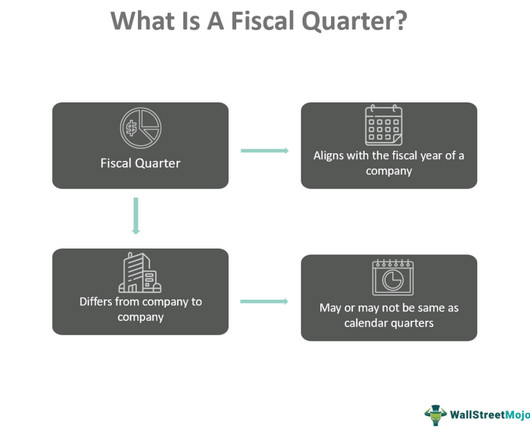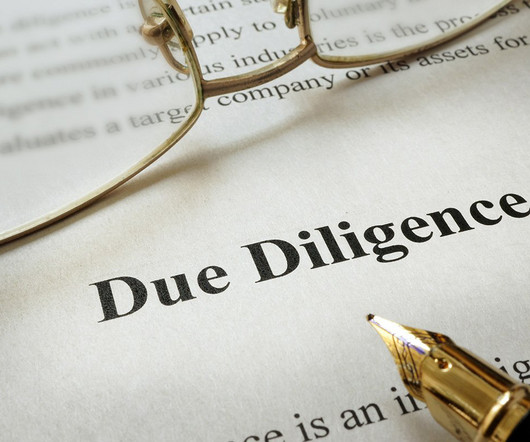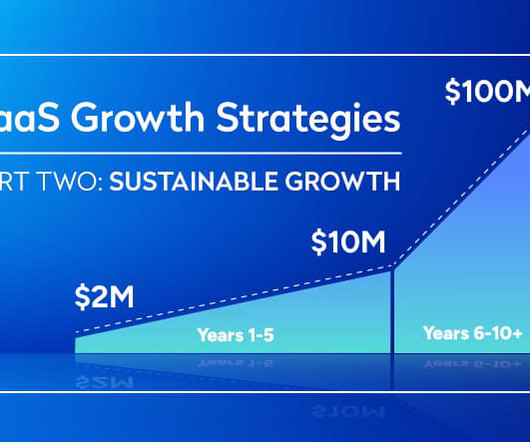M&A Blog #14 – valuation (roles, types, equity & enterprise values)
Francine Way
JULY 10, 2017
The core element of M&A is company valuation. Strategy, due diligence, financing, purchase price, and buyer-seller alignment all revolve around valuation and the enterprise value for the buyer and the seller. Valuation focuses on two questions: 1. It drives prices, ROI, and financing. What is the company worth?


































Let's personalize your content